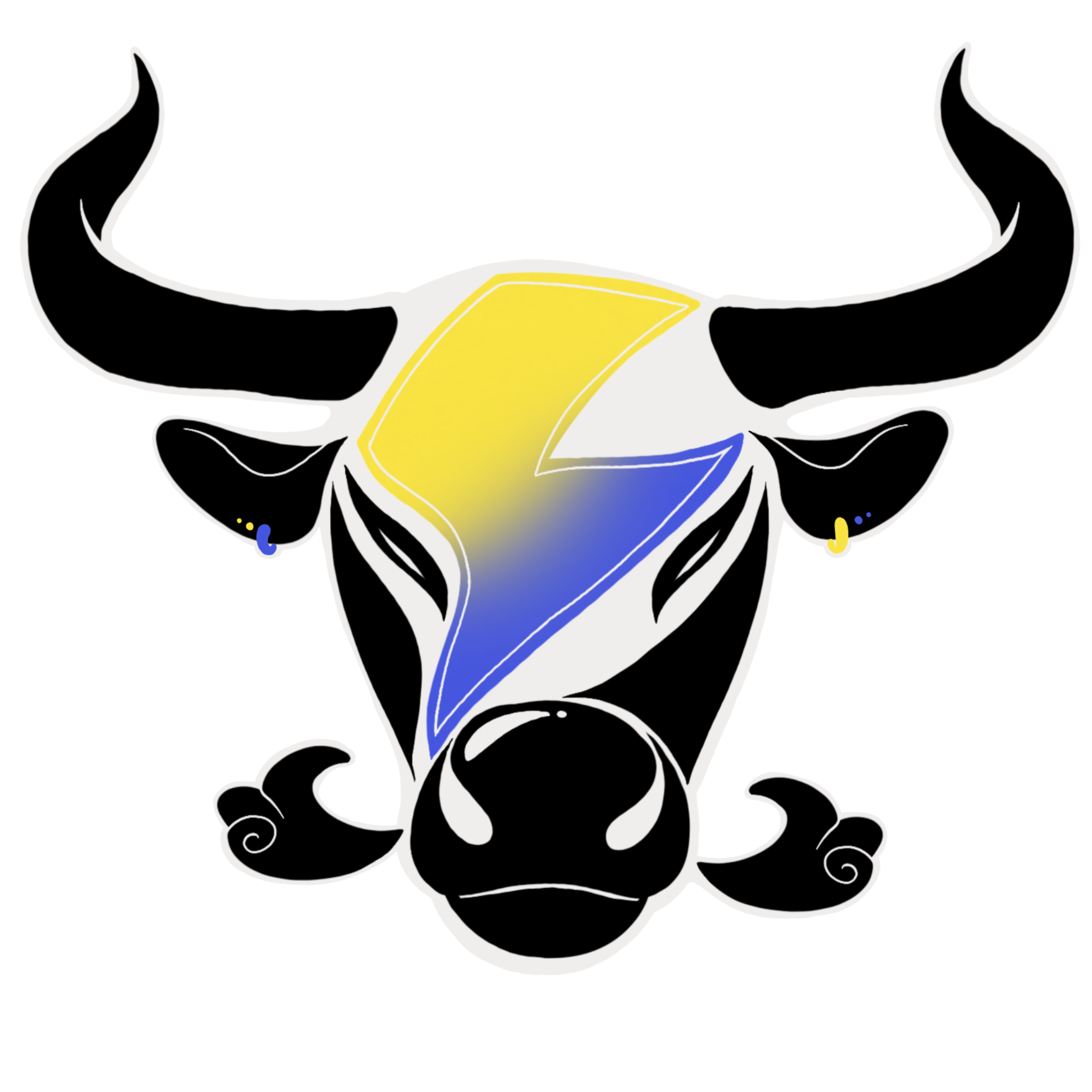Mission 1 – Mars Rover Project
Every year NASA hosts a mission project at local community colleges called NCAS, or NASA’s Community College Aerospace Scholar program. This program is a three mission phase that spans multiple years to complete. Participants are given the chance to propose unique solutions to space mission-oriented problems. I was fortunate to be selected for multiple missions. I was tasked with designing a rover for the first part of mission 1, the mars mission.


In this mission I designed a rover that could collect soil aggregates and expose capnophilic bacteria to that soil sample. The goal was to study the survivability of the bacteria when exposed to the terrain. The importance of which involves the bacterium unique ability to convert carbon dioxide to oxygen. We could effectively make Mars’s atmosphere breathable doing so. My proposal was selected among 1500+ participants. In the second phase of mission one, I was grouped with a team. We were challenged to develop a prototype miniature rover that could detect colors and simulate mission rescue objectives. I was voted as the most valuable player for my team, MVP.
Mission 3 – Advanced Air Mobility Mission
I was invited to mission 3 and was given an all-expenses paid trip to the Armstrong Flight Research Facility. Here I worked with a team in developing a unique solution to NASA’s current objective of vertical take of landing vehicles, or VTOL vehicles. We were asked to take a business approach, and thus developed a mock company known as Renewabull. A VTOL vehicle is an electric flight vehicle that has the landing footprint of a helicopter, and the flight speed of a traditional airplane. NASA is developing VTOL heliports, similar to airports for current airplanes. My role in the team was chief engineer and we proposed a custom battery solution to reduce the down time of vehicles to sub fifteen-minute time frames. Our battery solution was developed such that multiple packs can be configured in various combinations of series and parallel so that any power requirements can be met. Our solution is essentially a universal power system for all VTOL vehicles, even those made by different manufacturers. We also introduced the proper charging infrastructure required to support such a mission, as most if not all VTOL vehicles will be electric in the near future. Listed below are some of the computer aided designs I made for the battery pack.



We are Renewabull and we lead the charge in VTOL vehicle power
Leave a Reply